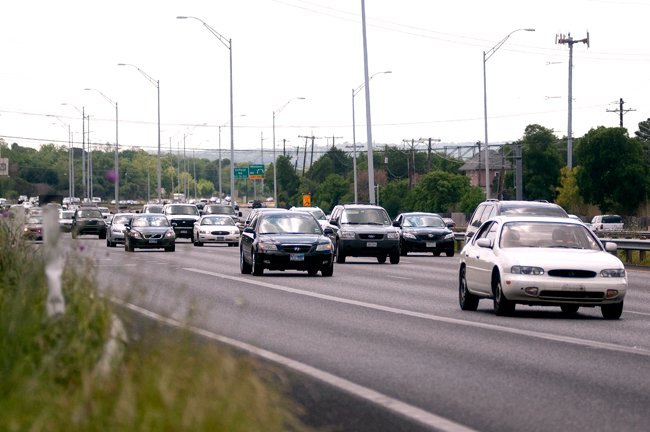Mobility bond isn’t the sexiest name on the ballot tomorrow, but it’s the one that has the most local impact. This bond isn’t perfect, but you should vote for it for the same reason the Mopac Express Lanes are proving a success — something is better than nothing.
Although the new mobility bond isn’t a complete overhaul, This year’s Prop. 1 seems to be in keeping with the moderate mentality that produced the Mopac Express Lane that we should do what we can to improve what we have.
Austin’s traffic congestion is the 4th worst in the nation, and our poor public transit infrastructure hits mobility of the working poor and the elderly the hardest. Our major roads are the product of unfinished projects and segregation-era policies, and our public transit has a long history of failed experiments and procrastination.
And frankly, we’ve exhausted non-government options. While ride-sharing was hailed as a possible part of the solution, we all saw how that ended. And, when considering future options, it’s important to note that those services only help those who can afford them and may actually add to congestion in downtown areas.
The most recent development in Austin’s transportation saga is the opening of the first section of Mopac Express Lane, North of 2222 to Parmer. The idea behind the Express Lane is similar to that of the mobility bond: improve what we have.
While the idea of a toll lane where you pay more to skirt the traffic left a bad taste in many Austinites’ mouths, the project moved ahead. As it’s coming to fruition, it’s easier to see that the Express Lane is more about improving what we have than radically changing the system. The same holds true for Prop. 1.
Jeff Dailey, deputy executive director for the Central Texas Regional Mobility Authority, the agency overseeing construction of the Express Lanes, said the conversation focused on the inequity on the roads: “Lexus Lanes. That was the perception, but it’s not the reality.” he said.
While the express lane will have a toll for individual drivers, van pools and buses will use it for free, with the hope that commuters will opt for CapMetro. While this isn’t a total solution to the gap in who uses public transportation, at least it won’t make it worse.
Furthermore, after the costs for operations and maintenance are paid, toll money will go into a regional infrastructure bank to fund future improvements. The estimate is $230 million in the bank in the next 25 years.
Even more importantly, the section that’s already open is seeing results.
Within the first week more than 15,450 transactions occurred — which means that around 800 vehicles were taken out of traffic, which created what Tim Reilly, Mobility Authority director of operations called “significant change in traffic” in an interview with Community Impact Newspaper.
If this transportation bond passes, Austin will see the same kind of improvement as it did with the express Lane, while it’s not a perfect solution, at this point, anything helps. Austin was built for cars and that’s not going to change in one fell swoop. We’ve entrenched ourselves so deeply in our current system that the only way out is incremental change.
MacLean is an advertising and geography sophomore from Austin. Follow her on twitter @maclean_josie





















